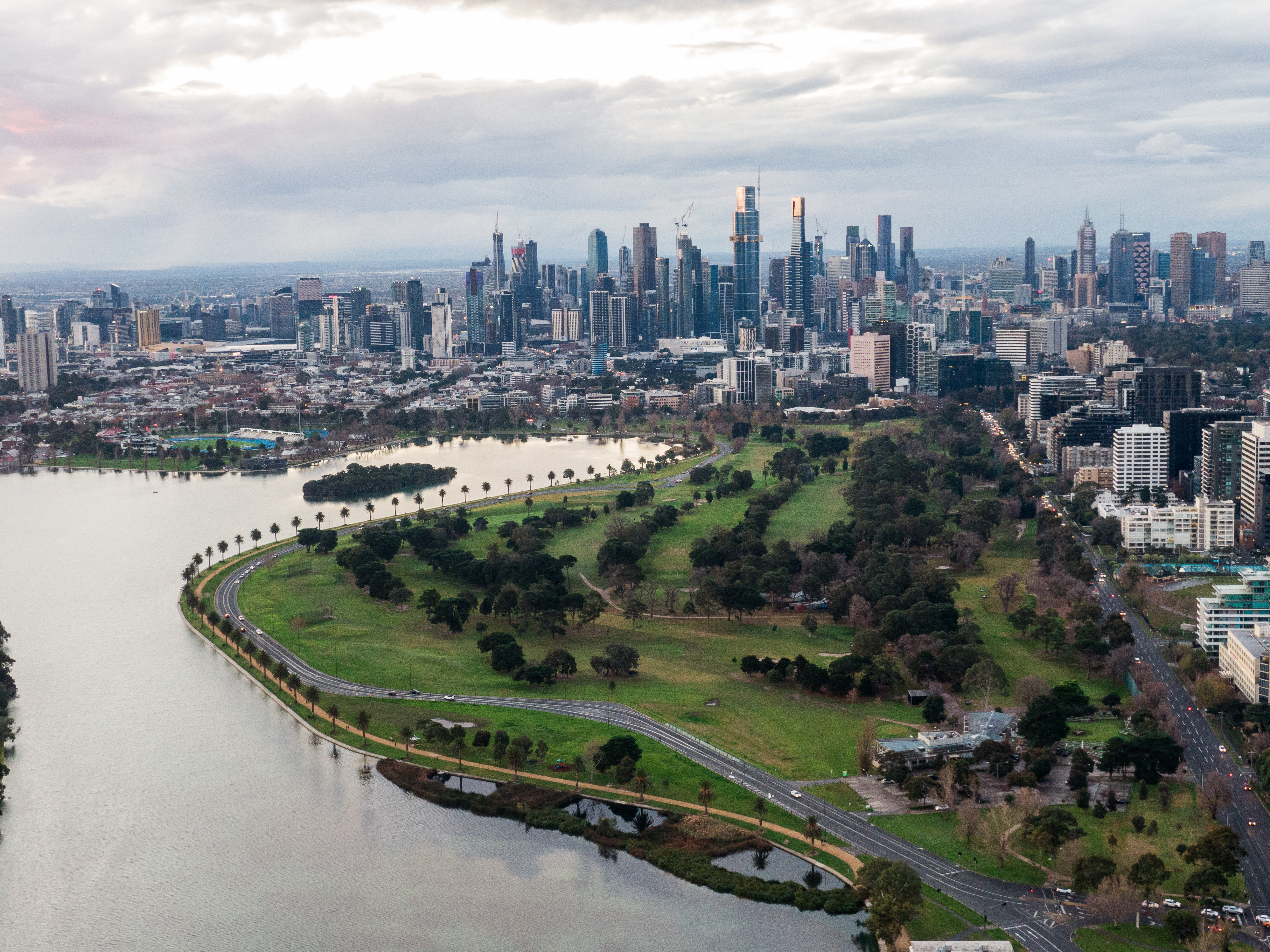Did you know that WSUD requirements are now in force across all Planning Schemes in the state. How does this affect your projects?
Amendment VC154 was designed to assist the planning system to better manage water, stormwater and drainage in urban development. It amended Clause 19.03-3S (Integrated water management) by introducing a new policy to embed integrated water management objectives and strategies in urban land-use planning. In addition, Clause 53.18 (Stormwater management in urban development) was been introduced, extending the requirements that already existed for residential subdivision and apartment developments to:
- Commercial subdivisions and developments
- Industrial subdivisions and developments
- Public use developments
- Residential multi-dwelling developments
What does this mean for your projects? In the past, the requirements for managing stormwater within your projects may have varied, being largely dependent on whether your proposed development fell within a Council which had a Stormwater Management, WSUD or ESD local planning scheme policy. Now, development and subdivision proposals across the entire state have consistency in policy and minimum objectives and standards for stormwater and integrated water management. If a specific council did not previously have a distinct WSUD policy, the state ESD policy now implements WSUD requirements for the development categories listed above. Bear in mind that some councils (e.g. Port Phillip) still have local policies which require a WSUD response for smaller developments than those covered by the statewide provisions (e.g. alterations and additions).
Fortunately for you, we’ve been doing WSUD calculations for much longer than it’s been a requirement in the VPP. We have the knowledge necessary to put your development in the best possible light, no matter how much experience Council’s ESD has with WSUD. We know which developments are likely to need a little bit of extra creativity to reach compliance, and which areas will need to comply with extra requirements. We can tell you if you’re just going to need a STORM rating, or if you should consider a MUSIC assessment. We’ve got you covered either way. No matter your WSUD question, we have - or can find - the answer.
* WSUD fun fact: Did you know that some paved areas are automatically considered to be permeable? *
In addition to confirming you’re complying with any additional requirements that the Council you’re building in may have, we can also let you know from the outset what issues (if any!) you’re most likely to be confronted with. If you’re building a townhouse development, raingardens may not be for you. Developing a large warehouse complex? You might not have enough toilets to fully utilise a rainwater tank. Building a gigantic mansion with the entire roof designed as a roof terrace, no landscaping and a single toilet? Whatever the problem we’ll figure it out, and work through the best options with you!
If you take one thing away from this article, let it be this: WSUD requirements are here to stay. It can be beneficial to get your WSUD strategy sorted early in the project. Not only does it tie in with the other aspects of integrated water management, but you’re going to avoid any costly re-work down the line. It has taken a little bit of time for some Councils to remember that this clause has been included in the planning provisions, but RFIs are now rolling in. So beat them to it, and come out on top!
Questions? We have answers. Contact us anytime. It's our mission to help you.

